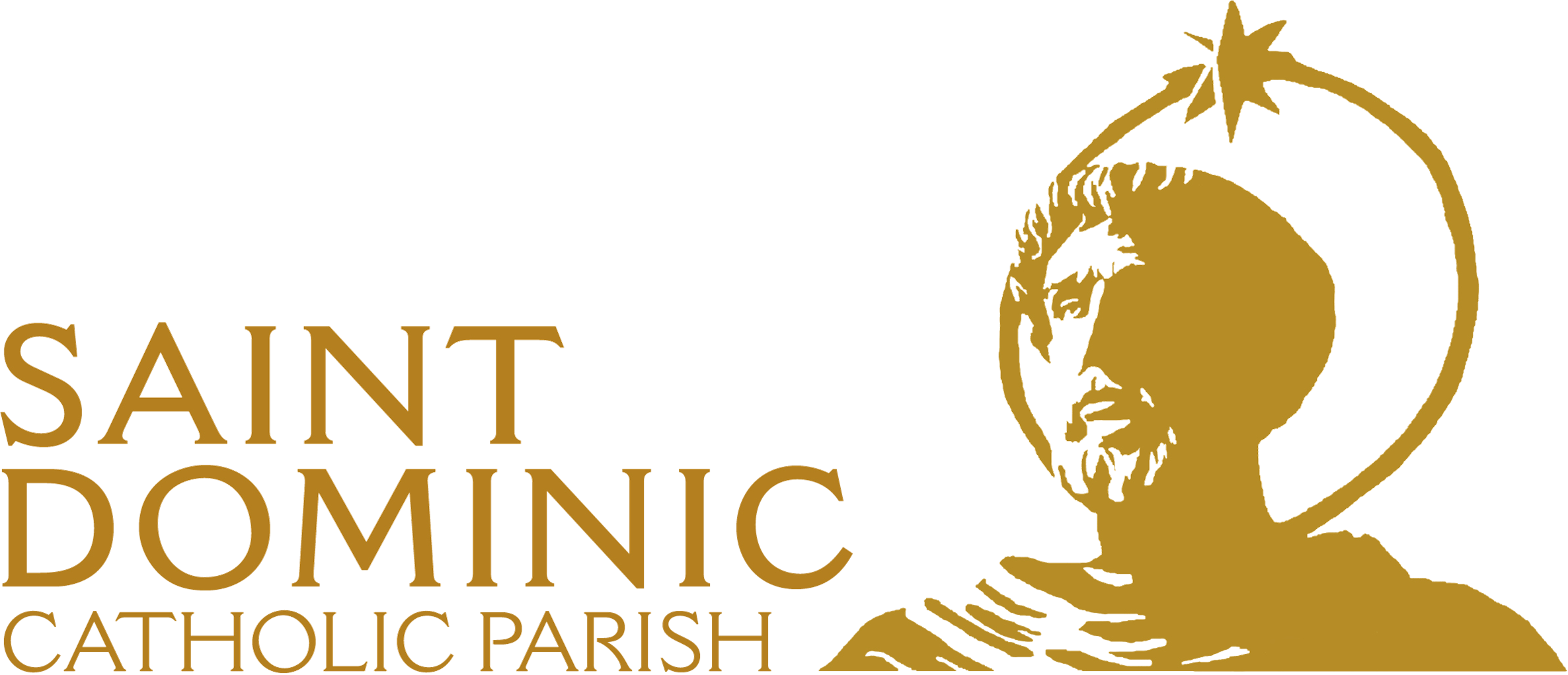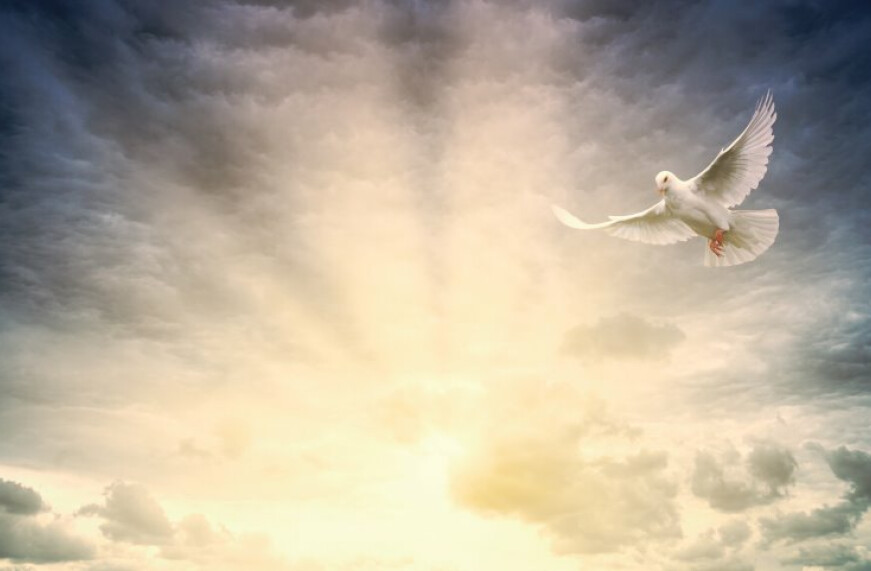Unconditional Love

I like dogs but was not a dog person. The best dogs were those of the neighbors because they went home. My wife and I had a dog for 21 hours . . . a story for another day. Five years ago, my wife and our son brought Bella home. While not completely surprised, I wasn’t totally on board. After a breaking in period, she became part of the family.
While living with us, the garage door going up signaled her to run to the window, so excited to see those she loves. She visits now. The other day she was already in the house when I came home. There she was in the window, and then at the back door, so excited, wagging not only her tail but her entire body. Pet me, love me, let me take your struggles away. I am here for you. Unconditional love.
If you leave to go to the store, she runs to the window. Where are you going, when will you be back? I will be here. . . waiting for you. Even if gone for 5 minutes, the whole thing plays out again. Don’t you know you are my world?
It is that way with God. Every day, He anxiously waits for us to come home or to talk with Him. I imagine how genuinely excited He is to see us, to hear us, to help us, to love us. Can you hear His voice saying, “Love me, let me take away your struggles. I am here for you. I love you. You are mine.” Unconditional love.
Do you hear Him saying, “Where are you? When will you be back to My Home . . . to me? When will you call on me? I am yours. I will be here . . . waiting for you.” If you do hear these words, it is time to change a habit. Start by talking with Him each day. You will be forever changed.
Are you excited to see or talk to Him? He has given us everything we have. He gave us His Son. He is our true reason for being. Love Him, place yourself in His hands. Give him your unconditional love.


